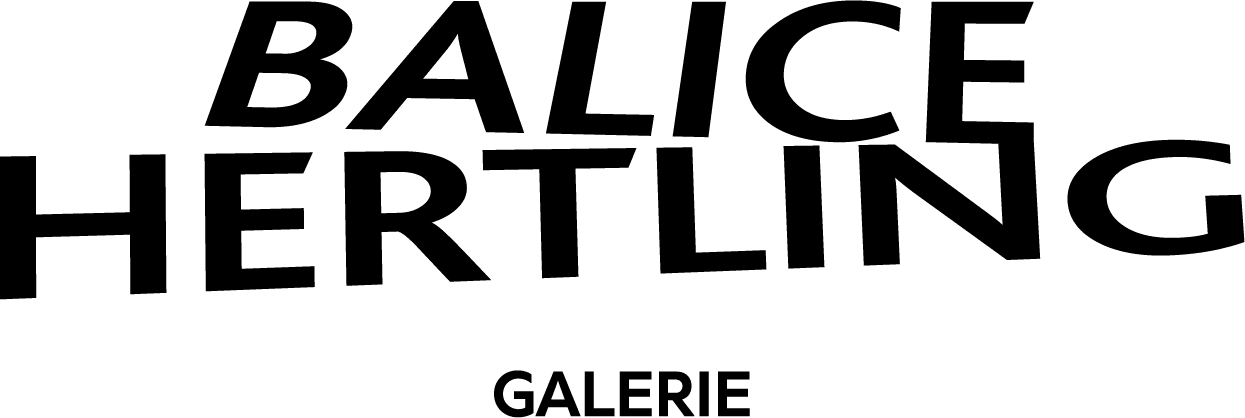Pol Taburet: Echoes from us
Balice Hertling is pleased to present Echoes from Us, an exhibition of paintings and drawings by Pol Taburet.
Taburet's drawings are like letters, little poems born out of situations in which the artist lacks access to his usual tools. In the drawings one discovers motifs reminiscent of Taburet's earlier work as well as elements found in his current work. They are embryonic details evolving into more comprehensive forms, acting as keys that unlock the many intricacies of his paintings. The figures of the drawings exude a vibrancy however that is all their own, largely distinct from the ones painted with an airbrush. Whereas the spaces of the paintings are rendered more solidly, in elemental blocks of colour, these same interiors are in the drawings more intricately described, and the subtleties of the walls and furniture begin to emerge in greater detail. The drawings are vulnerable and deeply personal, revealing the artist in ways that are often withheld.
Pol Taburet's paintings showcase a remarkable interplay of two distinct layers, establishing a clear distinction between the figure and the background: these backgrounds are often characterized by strong, monochromatic fields of colour, applied with bold brushstrokes of paint layered generously, while the figures themselves are intricately rendered in airbrush. Despite the vivid colours of the backgrounds, the figures stand out in dark, enigmatic tones with subtle luminous accents. These figures are like mysterious intrusions into the composition, resembling human forms, occult imagery, skulls, or busts.
In Field II (2023), on the horizon over a vibrant backdrop in red, green, and purple hues, floating objects resembling spaceships call to mind the imagery of Denis Villeneuve's film, Arrival (2016). At the top of the composition, there is a faint suggestion of a skull, a central motif in Taburet's practice. In Ankou Song (2023), a figure wearing a hat is situated prominently in the foreground, while another figure appears in the distance. Their flat, elongated facial features recall the sculptures found on Easter Island. The works have similar backgrounds, which are reminiscent of the colours of Ernst Ludwig Kirchner's paintings or of Frank Bowling's Who's Afraid of Barney Newman (1968). The composition of the works might be compared to Surrealist art and the ornamental gargoyles adorning Notre-Dame de Paris. The figure in the foreground references the Ankou, a creature popularized in Breton and Celtic folk tales often depicted on the exteriors of churches and graveyards in these areas. The Ankou, a relic of Pagan traditions, is said to become of the last soul to die in a village before the turn of the new year. He is then forced to watch over the other souls in the burial ground over the following year. The figure in the background appears also in the new series of sculptures that Taburet will be exhibiting at Lafayette Anticipations.
Pol Taburet's artworks effortlessly balance simplicity and complexity, using vibrant and subdued colours and playing with combinations of flatness and depth. These works resist classification, engaging playfully with unexpected references that are made coherent only through the compositions themselves. This is to say that they are at once self- contained, but also that their engagement far exceeds them. Since Taburet's figures are so often shown in the process of transformation, or like the Ankou are somewhere between life and death, they become or are becoming in ways that point beyond the space and temporality of the works. The drawings, highlighting many of the forms and techniques (albeit differently) that surface in the paintings, further complicate and extend the constellation in which Taburet has immersed himself, shedding light on the artist's singular pictorial world.
Fabian Schöneich

